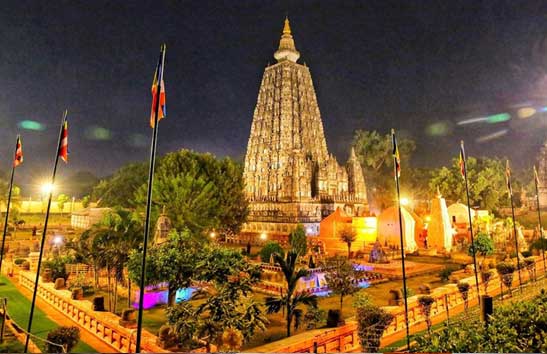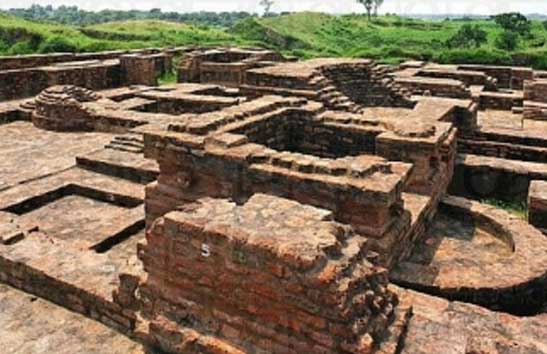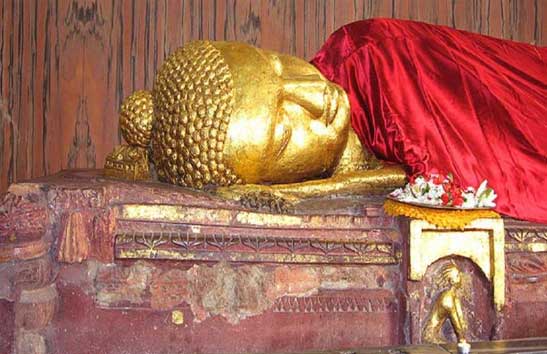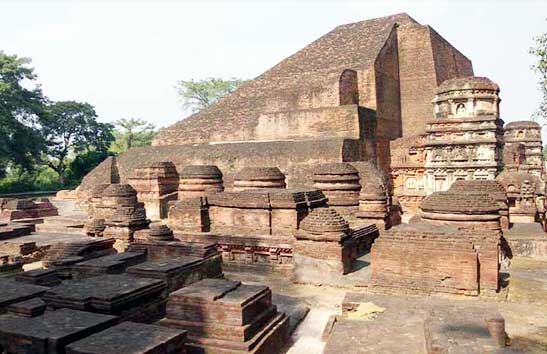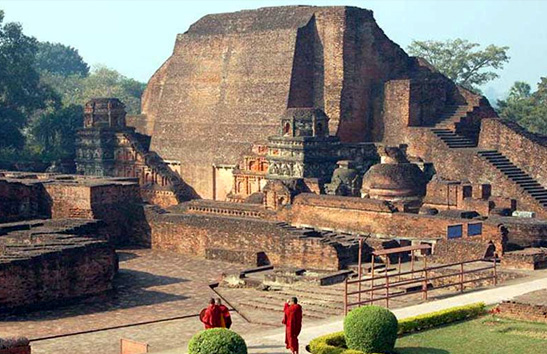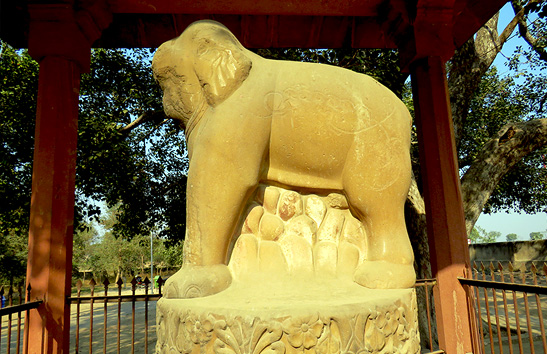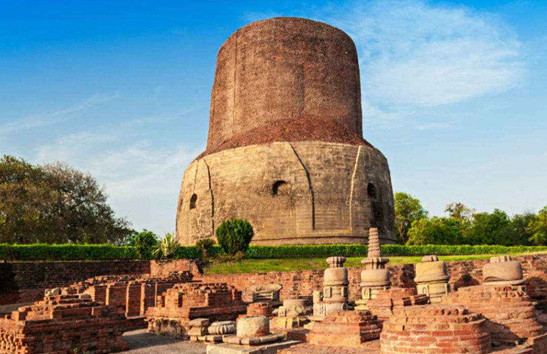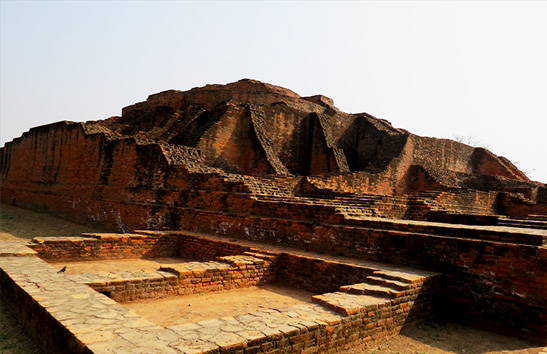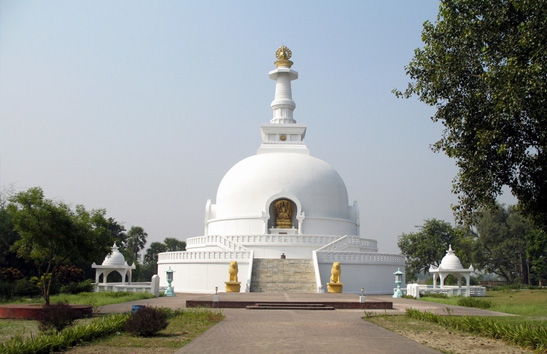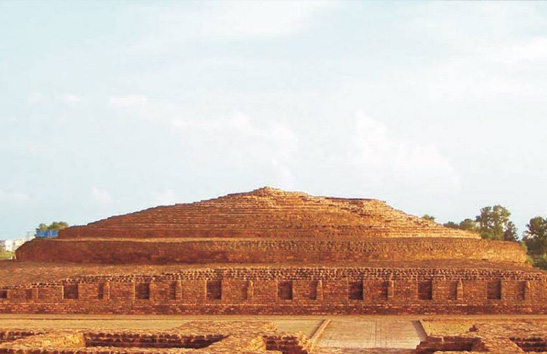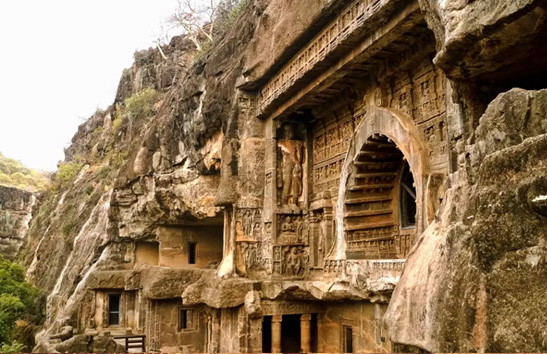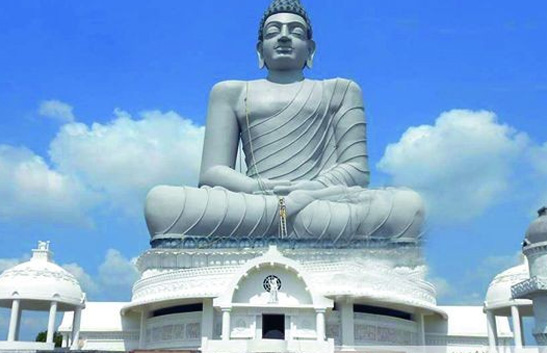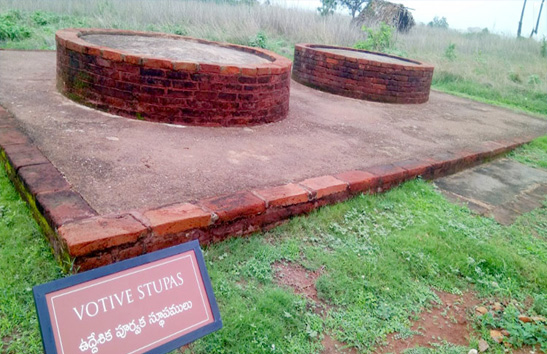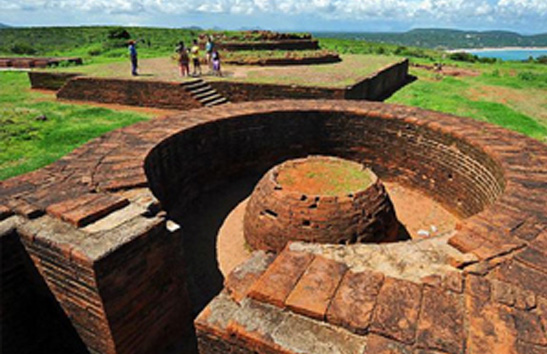Kushinagar
The place where Buddha attained Parinibbana
- Country : India
- State : Uttar Pradesh
- Location : 53 KM from Gorakhpur
- Best time to visit :October to March
- Tourist places to visit : Mahaparinirvana Temple , Rambhar Stupa , Mukutbandhan Chaitya , Monasteries, Buddha Museum
- Significance : Lord Buddha cremated in Mahaparinirvana Stupa , Mahaparinirvana Temple , Reclining Buddha
- Nearby Tourist Places : Bodhgaya, Rajgir , Nalanda , Vaishali , Kesaria , Lauria Nandangarh , Sarnath , etc.
- Festivals to visit : Buddha Purnima , Nirvana Day
Kushinagar is one of the four most important Buddhist pilgrimage sites, around 52 km from the town of Gorakhpur. It was earlier called Kusinara and was the capital of Malla kingdom. It is the place where Buddha attained parinirvana at the age of eighty. The followers of Buddhism wish to visit this place at least once in their lifetime.
When Buddha was eighty years old he announced at the Capala shrine in Vaishali that his time was nearing the end. He announced that the time has come for the cessation of his existence on this earth and it was time for his parinirvana.
Buddha passed away on the full moon day of Wesak month, near the river Hiranyawati. Buddha was lying on his right side between two sal trees with his head facing north when he was taking his last breath. The ruler of Kushinagar arranged for the cremation, and the last rites were carried out in accordance with the honor of a Chakravarti king. Buddha was cremated at the shrine of Mallas now called Ramabhar stupa, originally called Makutbandhana Cetiya. After his cremation, the relics were divided into eight equal parts and given to eight different clans who were in attendance to take their share. These relics were kept in eight relic stupas in different parts of the country.
Major Attractions in Kushinagar
Mahaparinibbana Temple: The present temple at Kushinagar was built in 1956 by the government of India to mark the 2500 years of Parinirvana of the Buddha. The renowned “Nirvana Buddha” statue is placed inside this Mahaparinibbana temple. This 5th-century statue is 6.1 meters long and rests on a couch. The ruins of Buddhist monasteries, built during the 1st century AD to 10th century AD could be seen around the temple.
Mahaparinibbana Stupa: The Mahaparinibbana Stupa stands immediately behind the Mahaparinibbana temple. This 40 feet high stupa was built by the Mauryan Emperor Asoka in the 3rd century BC. It was renovated in the early 20th century. Originally the height of this stupa was 200 feet and it enshrines the bodily relics of Buddha.
Cremation Stupa: On the seventh day after Buddha’s death, his body was carried for a cremation to the place where the Malla kings used to be crowned. The cremation Stupa was built by the Mallas’ sometime after cremation which was later renovated by King Asoka in the 3rd century BC and again in the 5th century AD by the Gupta king Kumargupta. The stupa originally called Makutbandhana Cetiya is now known as Ramabhar stupa to the locals. The ruins of an ancient Mukutabandhana monastery can be seen scattered around the cremation stupa.
Mathakunwar Shrine: The Mathakunwar shrine is located around 400 meters southwest of the Mahaparinibbantemple. Mathakunwar literally means “Dead Prince”. This shrine houses a 10.5 feet tall statue of Buddha in earth touching posture. This 10th-century statue was carved out of a single piece of bluestone from the Gaya region. Buddha took a brief rest at the site which is now known as Mathakunwar before leaving for the Upavattana sala grove, where he attained parinibban. Ruins of an ancient monastery can be seen around the main temple, built-in 1927 by U Chandramani.
Buddhist temples and monasteries in Kushinagar: Kushinagar is one of the four major centers of pilgrimage mentioned by Buddha himself and therefore attracts thousands of followers every year from different parts of the world. Different countries have established the Buddhist monasteries that can be visited in Kushinagar. The major Buddhist monasteries and temples recommended include the Myanmar monastery, the Japan temple, the Tibetan temple, and the Sri Lankan temple.
Weather and Climate of Kushinagar
Kaushambi experiences hot and humid summers and mild winters. Summers extend from March to September with maximum temperature touching 40-45°C while winters extend from December to February with minimum temperature touching 5°C. Rainy season extends from June to September.
Getting there
By Air:The closest airport would be Varanasi having regular flights to all main cities of India encompassing Agra, Mumbai, Bangalore, Delhi and many other places.
By Train :The nearest railhead is located in Gorakhpur at a distance of 30 miles from the revered town of Kushinagar.
By Road:It is well connected with all the main destinations of India by excellent motorable roads. One can also get here by availing the public and private bus services offered in many cities around kushinagar.
Book Now




